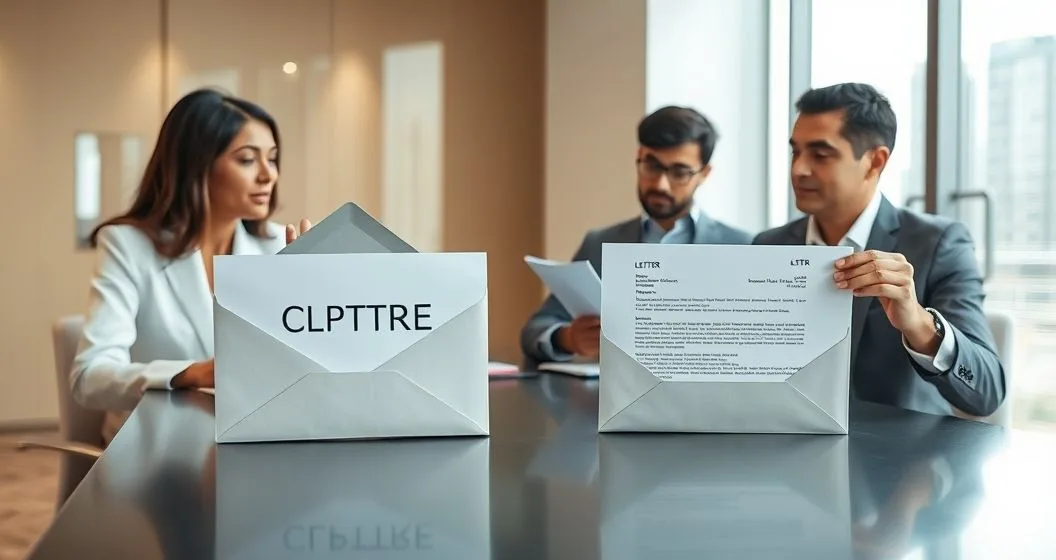Background and context
IRS CP (“Computer Notice”) and LT (“Letter”) series are part of the agency’s standard communications. CP notices often reflect automated account activity—math errors, refunds, or proposed adjustments—while LT letters typically follow up with more detailed instructions or collection intent. The IRS explains CP notices on its site (see IRS: About CP Notices) and provides general guidance on notices and letters (IRS: Understanding Your Notice or Letter). These resources are the authoritative starting point for any response.
Why misconceptions matter
In my 15 years advising taxpayers I’ve seen small misunderstandings become costly: taxpayers ignore a CP letter that required a simple reply and later faced penalties; others immediately paid amounts that should have been disputed. Knowing the difference between informational notices and those that impose deadlines or collection steps saves time, money, and stress.
How the notice series actually works
- CP series: Automated or system-generated notices. Examples include math-error adjustments, refund delay explanations, or notices proposing changes (CP2000 family). These often state a proposed change and explain how to agree, argue, or provide additional documentation. (See IRS: About CP Notices.)
- LT series: Generally manual letters or follow-up communications. LT letters may escalate collection efforts, request verification, or summarize prior actions taken on the account.
Real-world examples
- CP2000: Proposes additional tax based on information mismatches (employer 1099s, broker reports). It’s not a bill—it’s a proposed adjustment with instructions to agree or dispute. (See detailed guides on responding to CP2000.)
- LT11 / CP504: Final notices of intent to levy or similar collection letters. These require immediate attention because collection actions can follow.
Who is affected
Any filer can receive CP or LT notices. Common groups:
- Wage earners: CP2000s for mismatched W‑2/1099 reporting.
- Small businesses and payroll filers: LT letters for unpaid payroll taxes.
- Taxpayers with refundable credits or identity issues: CP49/CP59 refund delay notices.
Quick action checklist (what to do within 30 days)
- Verify authenticity: Confirm the IRS mailed the notice. Use IRS guidance or contact the number on the notice (do not call numbers from unsolicited emails).
- Read the notice carefully: Note the notice code (CP or LT number), the tax year, and any deadline.
- Gather documentation: W‑2s, 1099s, bank statements, amended returns, or correspondence.
- Decide response path: pay, request a payment plan, agree and sign, or prepare a dispute/appeal.
- Record the response: Keep copies of everything and log phone calls (date, time, representative, summary).
Common misconceptions and the truth
-
Misconception: “All CP notices mean I owe money immediately.”
Truth: Some CP notices are informational or propose changes; they often explain dispute options. Don’t assume an immediate final bill without reading instructions. -
Misconception: “LT letters always mean an audit or garnishment.”
Truth: LT letters can indicate escalation but often outline steps to resolve—first contact, payment options, or documentation requests. Only specific LT codes (like LT11) signal imminent levy activity. -
Misconception: “If I paid once, I’m done.”
Truth: Payments that don’t match the IRS calculation or that occur without addressing the underlying dispute can leave open issues. If you’re disputing an adjustment, follow the notice’s dispute process even after paying to avoid losing appeal rights. -
Misconception: “I can ignore small notices.”
Truth: Ignoring any IRS notice risks interest, penalties, and later collection actions. Even informational notices can be the first step in a sequence.
Professional tips and strategies
- Read the notice code and tax year first—these tell you what part of your account the IRS is addressing.
- If the notice suggests a change you disagree with, respond in writing within the timeframe and include supporting documents. For proposed adjustments, use the procedures in the notice.
- For collection-related LT letters, contact a tax professional early to evaluate options: installment agreement, offer in compromise, or currently not collectible status.
- Keep a centralized file (digital and physical) for all IRS correspondence and responses.
Table: Typical notice examples and actions
| Notice code | Typical meaning | Common action |
|---|---|---|
| CP2000 | Proposed adjustment for unreported income | Review, agree or dispute with docs |
| CP14 / CP501 | Balance due notices | Pay or request installment plan |
| LT11 / CP504 | Final notice: intent to levy | Immediate contact or payment arrangement |
When to get professional help
Seek a tax advisor or enrolled agent if:
- The notice involves large proposed tax increases or collection actions.
- You’re unsure how to gather or present documentation.
- You need representation for appeals or tax court petitions.
Useful internal resources
- For common filing errors that trigger CP notices, see Common Filing Mistakes That Trigger CP Notices.
- For step-by-step help with proposed adjustment notices, see Responding to a CP2000 Notice: Steps to Take.
- For a side-by-side overview, see Understanding the Difference Between CP and LT Notices.
Authoritative sources
- IRS — About CP Notices: https://www.irs.gov/forms-pubs/about-cp-notices
- IRS — Understanding your notice or letter: https://www.irs.gov/individuals/understanding-your-notice-or-letter
- IRS Publication 594 — The IRS Collection Process: https://www.irs.gov/pub/irs-pdf/p594.pdf
Professional disclaimer
This article is educational and not personalized tax advice. For guidance specific to your situation, consult a qualified tax professional or attorney. In my practice I review notices and deadlines as a first step—timely, documented responses often avoid escalation.



